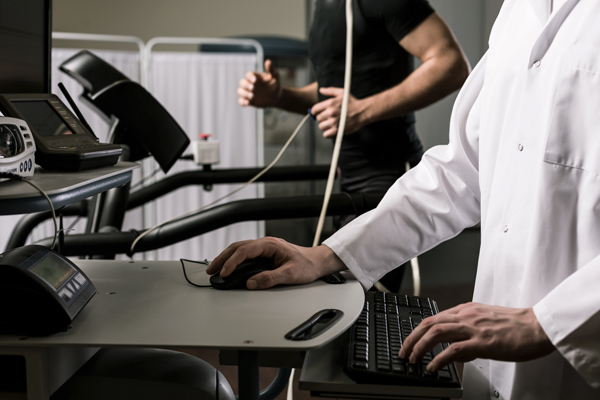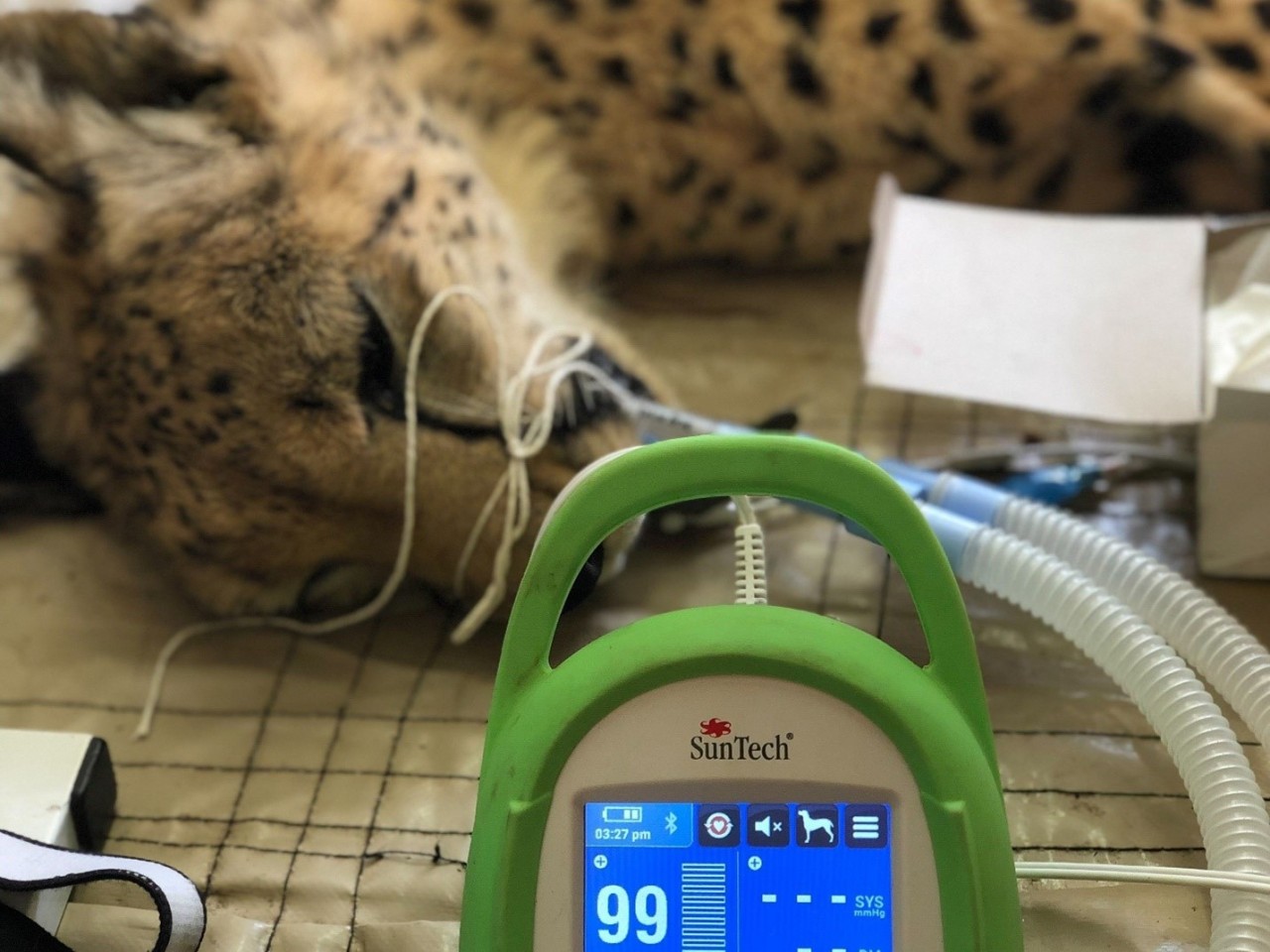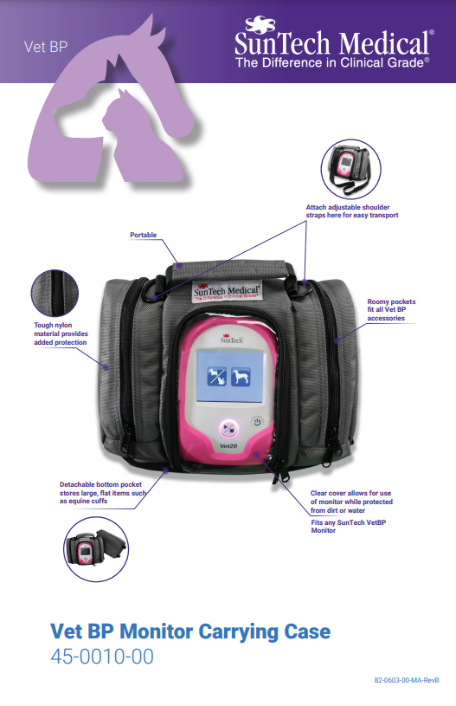![]()
Blog @ SunTech
Advice from the BP Measurement Experts
What is Blood Pressure?

Blood Pressure Basics
Taking a patient’s blood pressure has become a routine practice for medical staff. Unfortunately, training in this area is often met with a very high-level overview and is sometimes neglected in regards to the overall mechanics of manual or automated methods in accurate blood pressure measurement techniques.
What is blood pressure?
Blood pressure is the arterial pressure of the blood caused by the heart forcing blood through the arteries. High blood pressure is characterized by abnormally elevated blood pressure in the arterial system.
In 1733, English clergyman Stephen Hales first quantitively measured blood pressure. By inserting a brass tube connected to a 9-foot long glass tube into the crural artery of a horse, Hales observed that the column of blood rose and fell with each pulse beat, sometimes as high as 8 feet.
Changing with every contraction of the heart, the pressure in the arteries is the highest when the heart contracts and sends blood coursing through the circulatory system, and the lowest as the heart relaxes to fill with blood as it prepares for another contraction.
The 2 phases of filling and contracting of the heart are termed: Systole and Diastole.
Systole occurs during the contraction of the heart.
Diastole occurs during relaxation and filling of the heart.
The pressures resulting from blood flow in the arteries are known as systolic and diastolic and are recorded as a ratio. This is expressed as 120/80 or systolic/diastolic. The numbers reflect measurements taken in millimeters of mercury (mm Hg).
What is normal (and high) blood pressure?
Simply put, normal blood pressure means a systolic pressure under 120 and a diastolic pressure under 80. While high blood pressure, or Hypertension, means a systolic pressure of 140 or higher and a diastolic pressure of 90 or higher. Hypertension is among the most common diseases in the world. In the U.S., it affects nearly 75 million individuals; that is 1 in 3 U.S. citizens. To that number can be added the millions of individuals who are prehypertensive. See the charts below, with data from the American Heart Association and the Journal of the American Medical Association, for further detail on the categories of blood pressure and the impact of age and pre-existing conditions on target measurements.
Finally, to round out the basic terminology surrounding hypertension, there is one more blood pressure definition which should not be overlooked. HYPOtension, which is the opposite of HYPERtension. Hypotension is a condition indicative of blood pressures that are too low. This can result in a lack of oxygen throughout the system, causing dizziness and fatigue, or syncope (fainting). Hypotension may be a secondary result of various anti-hypertensive drugs and is considered a symptom of pacemaker syndrome (a condition that affects many new recipients of internal cardiac pacing devices).
Do have any other questions about the basics of blood pressure? Let us answer them for you by leaving them in the comment section below.
| Blood Pressure Category1 | Systolic | Diastolic |
|---|---|---|
| Normal (Target Measurement) | Less than 120 | Less than 80 |
| Prehypertension | 120-139 | 80-89 |
| High Blood Pressure (Hypertension) - Stage 1 | 140-159 | 90-99 |
| High Blood Pressure (Hypertension) - Stage 2 | 160 or higher | 100 or higher |
| Hypertension Crisis - (Emergency care needed) | 180 or higher | 110 or higher |
Age and pre-existing conditions do play a factor in the normal, target measurements mentioned above.
| Age or Pre-existing Condition2 | Systolic | Diastolic |
|---|---|---|
| 60 and older | Less than 150 | Less than 90 |
| 30 to 59 | Less than 140 | Less than 90 |
| Diabetes | Less than 140 | Less than 90 |
| Chronic Kidney Disease | Less than 140 | Less than 90 |
Finally, to round out the basic terminology surrounding hypertension, there is one more blood pressure definition which should not be overlooked. HYPOtension, which is the opposite of HYPERtension. Hypotension is a condition indicative of blood pressures that are too low. This can result in a lack of oxygen throughout the system, causing dizziness and fatigue, or syncope (fainting). Hypotension may be a secondary result of various anti-hypertensive drugs and is considered a symptom of pacemaker syndrome (a condition that affects many new recipients of internal cardiac pacing devices).
Do have any other questions about the basics of blood pressure? Let us answer them for you by leaving them in the comment section below.
2 - http://jamanetwork.com/journals/jama/fullarticle/1791497
Interested in getting more SunTech news, product info, as well as
tips, tricks, and insights from BP experts?
Sign up to get fresh content delivered direct to your inbox.



